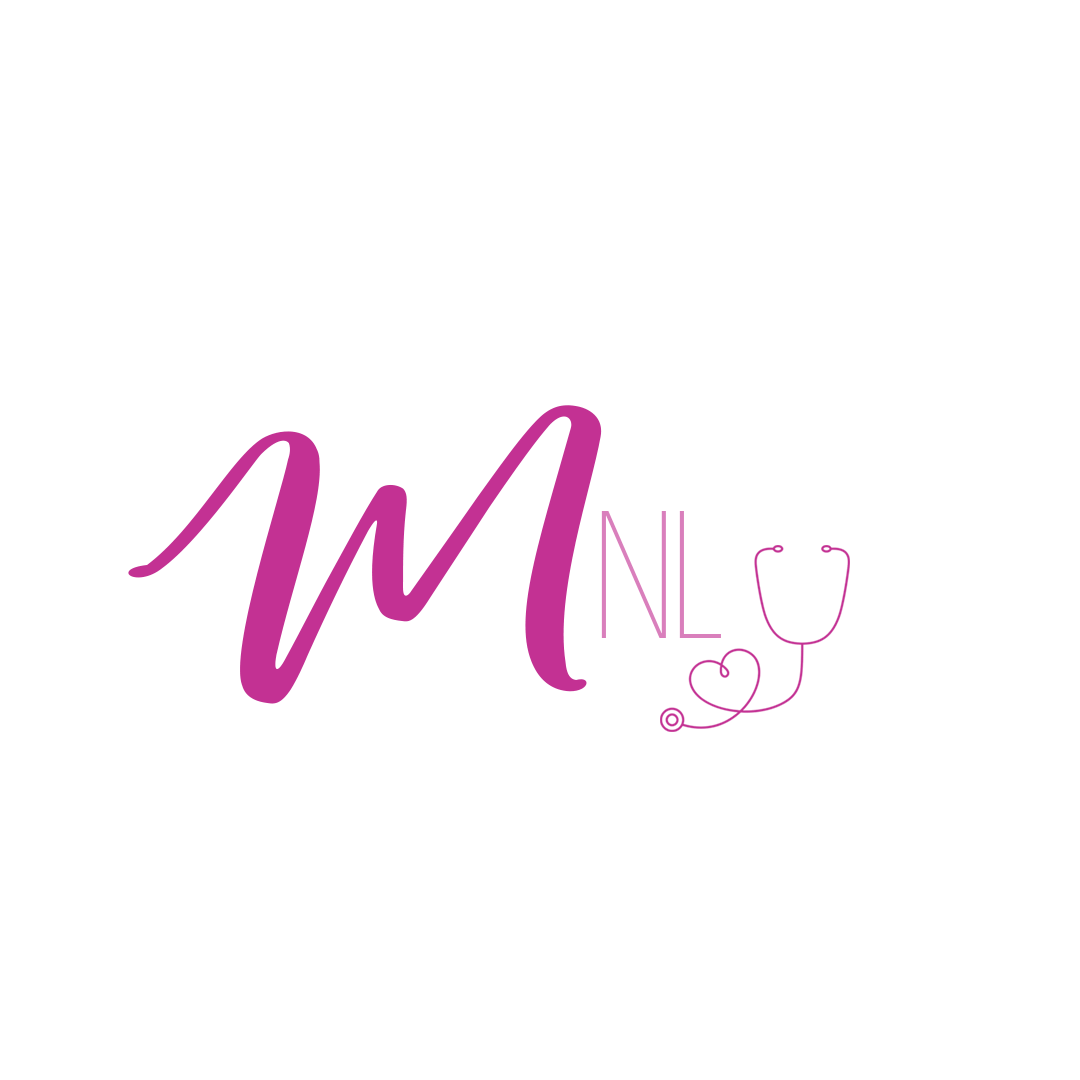*This post contains affiliate links. For more information about my disclosure policy click here.
Do you have an emergency supply kit ready to go in a moment’s notice?
In 2017 the United States was hit by 3 of the largest hurricanes to have hit the US in over a century. Natural disasters will happen, but it seems as if there have been an unusual amount of them happening all at the same time.
These disasters are devastating. Hundreds of thousands of people have been left without basic resources such as food, water, or electricity and are in total crisis mode.
I had to ask myself, is my family prepared if we had a major emergency such as a natural disaster or terrorist attack?
What will you do if there is an emergency?

One of the best ways to prepare for an emergency is to have an emergency supply kit ready.
We live in Los Angeles County which means our home sits right in the middle of earthquake country. The experts have been saying that we are due for the “big one” at any time. We can’t predict when it will actually happen, of course. But we can do our best to prepare in case it does.
I like to think of myself as a person who is ready for an emergency. After all, I am an emergency room nurse. I’m used to dealing with some level of trauma and bodily injury during my twelve hour shifts. In the hospital we have all the training and supplies we need to be ready for (almost) anything.
I have plenty of first aid disposables stashed away in our garage. Sure, I can start some IV fluids, give CPR, or assist with injuries or first aid. But what about food? Water? Other emergency supplies? I really hadn’t given those much thought.
So this week I set out to research everything that I would need to make sure my family was prepared for disaster at home. I scored the internet long into the night after I put our daughter to bed. I read through FEMA, The CDC and The Department of Homeland Security’s recommendations for what my family would need in the case of an emergency. To my dismay, I realized that were not ready for an emergency. At all.
You can buy an emergency supply kit online.
There are lots of websites online that sell emergency supply kits. Many of them cost from $100 up into the thousands, which may not be affordable for some people. In addition, they still may not include all of the supplies you may need such as food, water, medications or other personal items.
American Family Safety is a great resource and they have customizable emergency kits for home and school.
If purchasing an emergency supply kit is not an option for you, why not build you own kit and customize it for your needs? I gathered the following information from several websites and I have resources listed at the bottom of this post.
What To Put In A Basic Emergency Supply Kit:

The dollar store is a great place to stock up on gallons of emergency water. In the wake of disaster it is likely that stores will run out of water and other supplies.
Water
The CDC and FEMA state that we should have a minimum of a three day supply of water and food for everyone in the family, including pets. This water is for both drinking and sanitation. Of course it never hurts to prepare with more.
You should have at least the equivalent of 1 gallon of water per person/per day. For our family of (almost) 4 that means we should have at least 12 gallons of water stashed away to have the minimum three day supply.
Food
It is possible that electricity could be out for several days in an emergency, which means perishables in the fridge and freezer will go bad. Cooking is also difficult without electricity so the foods should be “ready to eat.” In the case of a major emergency non-perishable foods become important for survival.
Emergency food supplies:

Sealed trail mix is a good non-perishable food to keep in your emergency kit.
- Canned fruits, veggies
- Canned beans, pastas
- Dry cereal, granola
- Nut butters
- Trail mix, dried fruits
- Protein bars, granola bars
- Non-perishable pasteurized milk
- Food for infants (formula, jars)
- Food for pets
The Department of Homeland Security’s website, Ready.gov states that you should try to avoid foods that make you thirsty, so you don’t end up drinking all your water.
Other emergency supplies:
- Flashlights
- First aid kit
- Cash
- Whistle (to signal for help)
- Moist towelettes or baby wipes, garbage bags and plastic ties for personal sanitation
- Can opener
- Cell phone chargers and backup battery
- Medications
- Glasses, contact lens holder and solution
- Infant needs: diapers, wipes, bottles, formula
- Fire extinguisher
- A lighter or matches in a dry container
- Paper cups, plates, paper towels, utensils
- Paper, pencil
- Blankets, warm clothes
Keep these items in a designated place in your home and don’t use them unless there is an emergency. You don’t want to go to your stash in the event of a natural disaster to find that portions of your emergency kit are missing.
You can’t plan a disaster. But you can prepare for it. Take some time this weekend to prepare a basic emergency supply kit. You will thank yourself later for being responsible and taking care of your loved ones in advance of a disaster.
Do you have any additional thoughts on preparing an emergency supply kit? Or have you been through a disaster and have any recommendations to help be further prepared for a catastrophic event?
Sarah, Mother Nurse Love
Resources:
Ready.gov (Department of Homeland Security)
FEMA.gov
CDC Emergency


